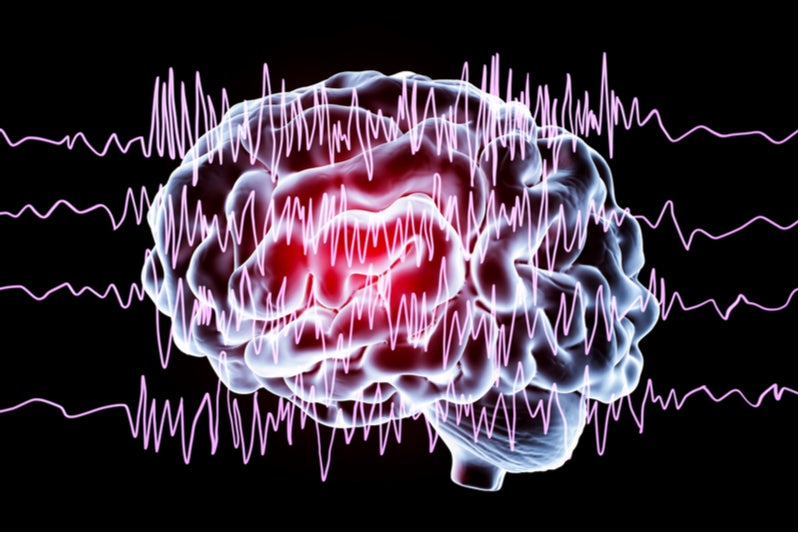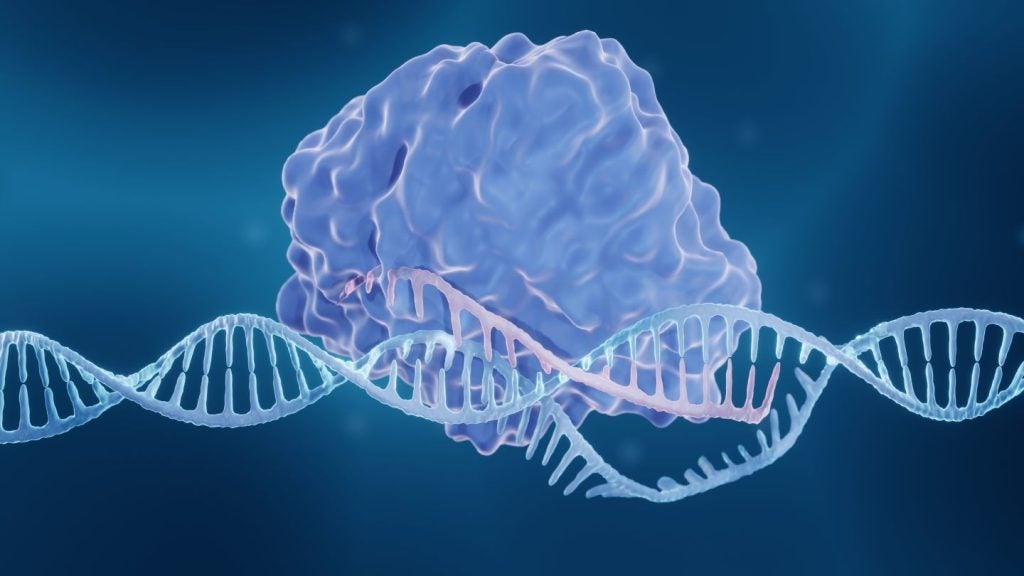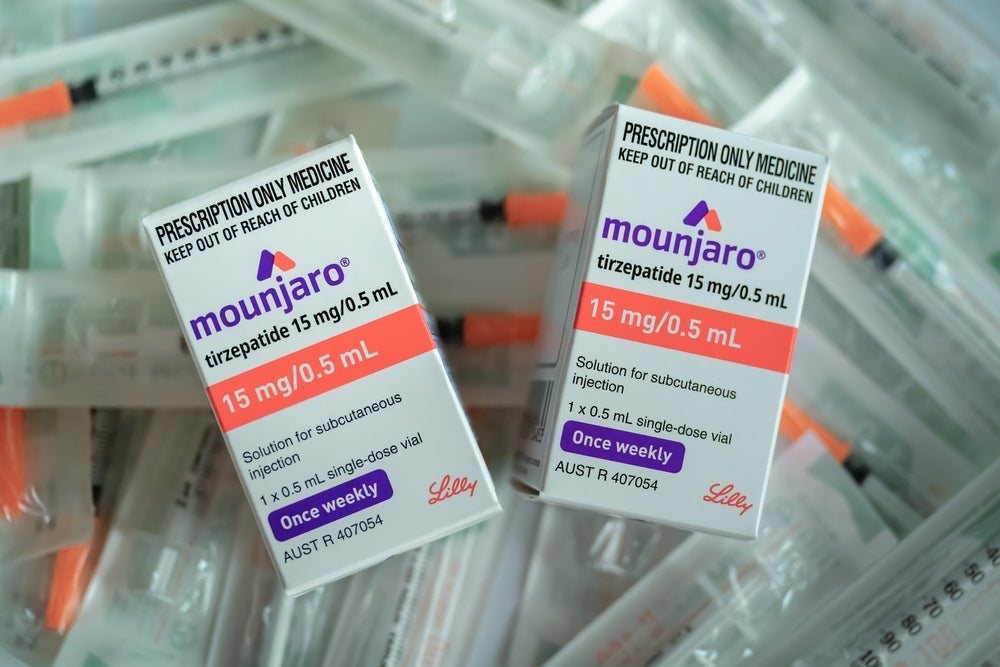The lack of biomarkers in central nervous system indications has long been an issue that has created challenges in understanding the pathophysiology of neurological conditions, and in developing curative therapies as well.
Diseases of the nervous system often have severe effects on the quality of life of patients, not only because of cognitive impairment that is a symptom of many disabling conditions, but also because of the disruption of physiological processes that sustain life.
In the case of central sleep apnea, for example, respiratory depression is directly caused by the dysfunction of interneurons in the medulla, thus constituting a neurological etiology of this otorhinolaryngological disease.
Epileptogenesis research
In a talk at the European Academy of Neurology conference in Oslo, Norway, the findings of ground-breaking research on epileptogenesis revealed that the presence of specific inflammatory proteins can be used as biomarkers for epilepsy and assist physicians with prognostic evaluations.
Astrocytes, microglia and endothelial cells have all been characterised as promoters of inflammatory responses in epileptic seizures and the persistence of cytokines such as interleukin 1 beta (IL-1β) and immunomodulatory proteins such as toll-like receptor 4 (TLR4) which upon activation, stimulates the differentiation of T cells. Furthermore, amphoterin, a protein secreted by macrophages, monocytes and dendritic cells binds to TLR4, also encouraging the release of cytokines from macrophages.
The pathophysiology of epilepsy also features the activation of the complement pathway, a cascade of pro-apoptotic haematological proteins that facilitate the clearance of cell debris and pathogenic material.
The ubiquitous membrane receptor tumour necrosis factor receptor superfamily member 1A (TNFRSF1A) is highly expressed in the hippocampi of epileptic patients, leading to increased capacity to bind its ligand, which is the cytokine tumour necrosis factor (TNFα). TNFα encourages systemic inflammation and activation of various immune cells.
How well do you really know your competitors?
Access the most comprehensive Company Profiles on the market, powered by GlobalData. Save hours of research. Gain competitive edge.

Thank you!
Your download email will arrive shortly
Not ready to buy yet? Download a free sample
We are confident about the unique quality of our Company Profiles. However, we want you to make the most beneficial decision for your business, so we offer a free sample that you can download by submitting the below form
By GlobalDataIntravenous administration of IL-1β increased the time that epileptic patients spent in the midst of a seizure. Adding an IL-1β antagonist, however, reduced the time and intensity of seizures. Additionally, combined inhibition of TLR4 and IL-1β after the onset of epilepsy significantly reduced the number of seizures that patients suffered each day.
The hippocampus, which is the cerebral organ responsible for long-term memory formation, spatial awareness and autonomic decision-making can be increasingly damaged by epileptic seizures. Astrocytes make up a large proportion of cells in the hippocampus and are responsible for the recruitment of cytokines that trigger inflammatory pathways.
Experiments blocking astrocyte coupling has been shown to decrease the frequency of seizures in chronic epilepsy.
The findings of these experiments show that it is important for researchers to establish the definitive roles of inflammation in epileptogenesis. Biomarkers such as inflammatory molecules commonly seen in patients would be a useful discovery in order to assist physicians with diagnosis and treatment strategies. With this in mind, drug developers are beginning to make strides towards anti-inflammatory therapies that will effectively inhibit the progression of this life-limiting cluster of neurological disorders.









